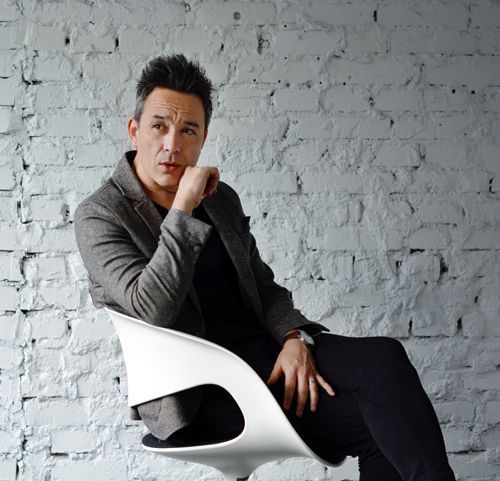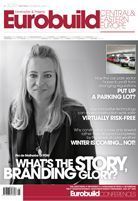Identifying what the story of a product actually is – this is effective branding in a nutshell. And this notion comes into play in real estate, as developers struggle to convince people to choose their properties over others as the competition becomes ever more intense. People are living faster and faster lives and they also want them to be easier. They need a direct and clear message. Choosing a place to go, to live, to work has to be the right decision and one taken without wasting any precious time. That’s where branding comes in – to give people a clearer vision of what’s on offer and what they really want. Developers are increasingly coming to the conclusion that branding is essential and – according to marketing people – they are searching for the best agency to do just that. The question is: is the branding of real estate radically different from that of other products?
Surviving the honeymoon
“The branding process for real estate real































































